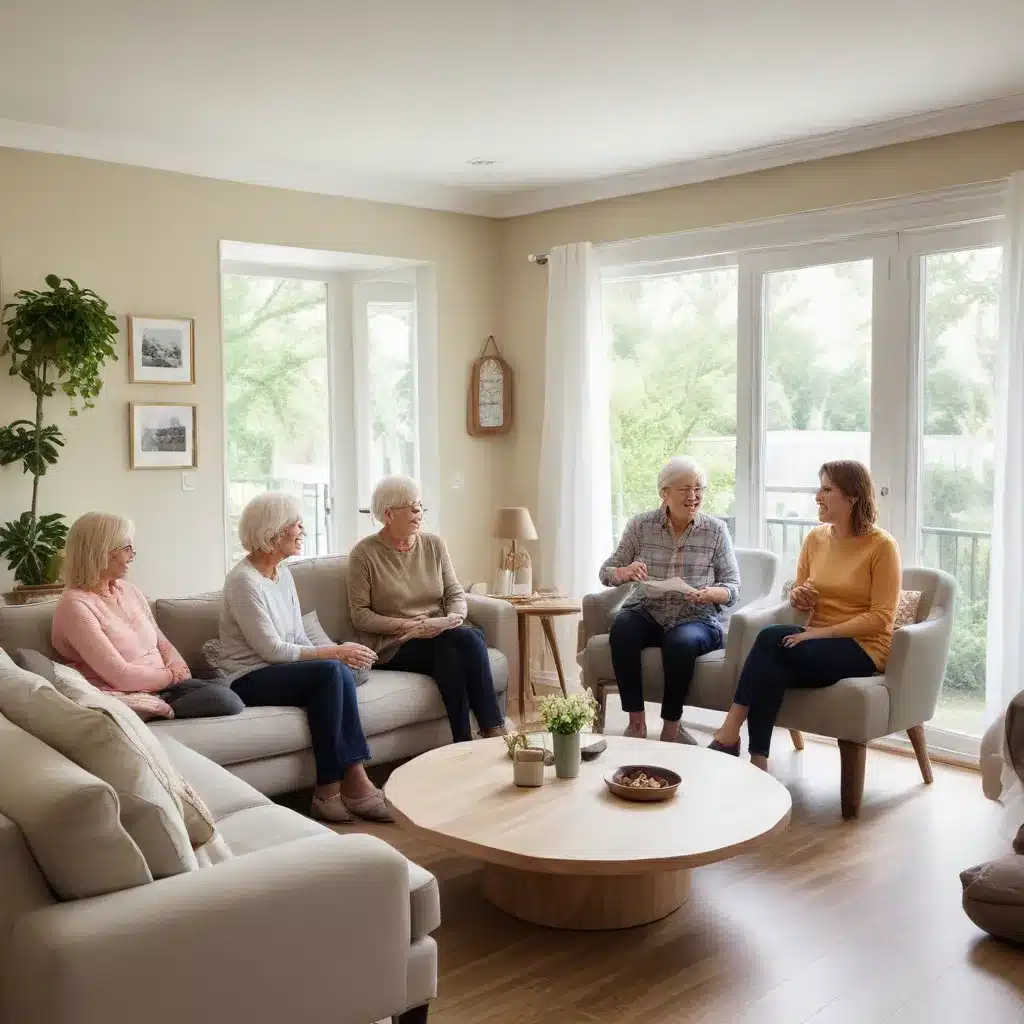
In today’s ever-changing world, the concept of family living has evolved, with a growing trend towards multi-generational households. As families seek to foster closer bonds, share resources, and provide care for loved ones, the demand for homes that cater to diverse needs has never been greater. As a seasoned construction professional and interior designer, I’m here to share practical tips and in-depth insights on how to design a multi-generational home that accommodates the evolving needs of all family members.
Understanding the Rise of Multi-Generational Living
The resurgence of multi-generational living can be attributed to a variety of societal shifts. Economic factors, such as the desire to pool resources and share expenses, have contributed to this trend. Additionally, cultural preferences and the need for stronger family ties have driven families to choose this living arrangement. By living together, family members can provide emotional support, share caregiving responsibilities for young children and elderly relatives, and maintain a close-knit community.
As this living arrangement becomes more prevalent, the need for homes that can accommodate extended families is on the rise. Designing a successful multi-generational home requires a thoughtful approach that considers privacy, accessibility, and the creation of shared spaces that foster a harmonious environment.
Balancing Privacy and Communal Spaces
One of the key considerations when designing a multi-generational home is striking the right balance between private and communal spaces. Each family member should feel they have their own personal haven, while also enjoying the benefits of shared living areas.
Private Spaces: Incorporating distinct zones for each generation is crucial to fostering a sense of independence and privacy. This can be achieved through separate entrances, living areas, and even dedicated suites for adult children or aging parents. Soundproofing materials and smart home technologies can further enhance the privacy of these personal retreats.
Communal Spaces: The heart of a multi-generational home lies in its shared living areas. These spaces should cater to the needs of all generations, from children to grandparents. Open-concept designs that seamlessly connect the kitchen, dining, and living areas encourage interaction and supervision. Flexible furniture and adaptable layouts allow these communal spaces to evolve as the family’s needs change over time.
By carefully balancing private and communal areas, you can create a harmonious environment where family members can enjoy togetherness while also respecting individual privacy and independence.
Designing for Accessibility and Safety
When creating a multi-generational home, it’s essential to incorporate universal design principles that prioritize accessibility and safety for all residents, regardless of age or ability. This thoughtful approach ensures that the living environment is comfortable and user-friendly for everyone, from young children to elderly family members.
Universal Design Principles:
– Wide doorways and hallways to accommodate mobility aids
– Single-level living or easy access to upper floors via elevators or stairlifts
– Non-slip flooring and ample lighting in high-traffic areas
– Ergonomic features in kitchens and bathrooms, such as adjustable countertops and grab bars
By integrating these accessibility-focused design elements, you can create a home that seamlessly adapts to the evolving needs of your multi-generational family, ensuring everyone can move freely and safely throughout the living spaces.
Tailoring Kitchens and Bathrooms
As the hubs of activity in a home, the kitchen and bathroom deserve special attention when designing for multi-generational living. These high-traffic areas must be functional and accessible for all family members.
Kitchen Design:
– Adjustable-height countertops and cabinets
– Pull-out shelves and lazy susans for easy access
– Thoughtful placement of frequently used items
– Ample counter space and seating for shared cooking and dining
Bathroom Design:
– Curbless showers and walk-in tubs for accessibility
– Grab bars, non-slip flooring, and adequate lighting
– Dual vanities or separate sinks to accommodate multiple users
– Dedicated storage for personal care items
By carefully considering the unique needs of each generation, you can create kitchens and bathrooms that seamlessly integrate functionality, accessibility, and style, ensuring a comfortable and safe living experience for all.
Embracing Technology and Adaptable Spaces
In the post-pandemic era, the integration of technology and flexible living spaces has become increasingly crucial for multi-generational homes. These elements not only enhance communication and productivity but also accommodate the evolving needs of each family member.
Smart Home Technology:
– Video doorbells and security systems for remote monitoring
– Programmable thermostats and home automation for convenience
– Integrated communication systems for easy check-ins and coordination
Adaptable Living Spaces:
– Dedicated home offices or workstations for remote work and study
– Convertible furniture and multipurpose rooms for changing needs
– Flexible layouts that allow for easy reconfiguration over time
By incorporating smart home technologies and designing adaptable living spaces, you can create a multi-generational home that supports the diverse needs of your family, from communication and productivity to privacy and personal growth.
Bringing it All Together: Designing for Multi-Generational Harmony
Designing a successful multi-generational home requires a delicate balance of private spaces, communal areas, accessibility features, and adaptable living solutions. By prioritizing the unique needs of each family member, you can create a harmonious environment that fosters strong family bonds, shared experiences, and independent living.
Some key design elements to consider include:
– Separate entrances, living areas, and private suites for different generations
– Soundproofing and smart home technologies to enhance privacy
– Open-concept layouts with flexible furniture for communal spaces
– Universal design principles for accessibility, safety, and comfort
– Customized kitchens and bathrooms that cater to all ages and abilities
– Integrated technology for seamless communication and remote management
– Adaptable spaces that can evolve alongside your family’s changing needs
By incorporating these thoughtful design strategies, you can transform your home into a haven that celebrates the richness of multi-generational living, where family members can thrive, support one another, and create lasting memories for years to come.
To learn more about designing your dream multi-generational home, visit https://localbuilderlondon.co.uk/ and explore our comprehensive resources on home renovation, construction services, and sustainable interior design solutions.


